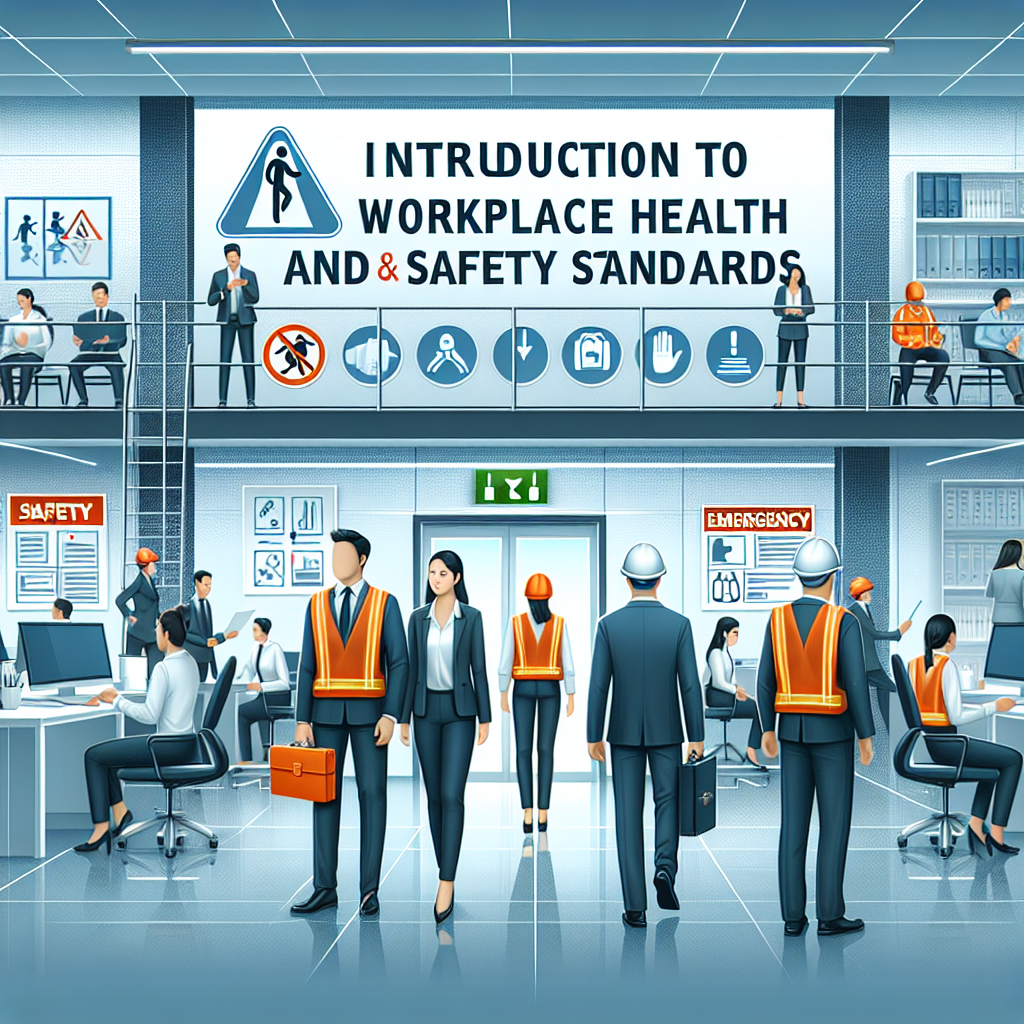In today’s fast-paced and often unpredictable work environment, ensuring the health and safety of employees is paramount. Workplace health and safety standards are not just about compliance; they reflect an organization’s commitment to its most valuable asset—its people. In this article, we will explore the significance of these standards, their common components, and practical steps organizations can take to create a safer workplace.
Understanding Workplace Health and Safety Standards
Workplace health and safety standards refer to the principles and regulations that govern the safety of employees while they perform their tasks. These standards are established by both government bodies and professional organizations to minimize risks and prevent accidents. By adhering to these standards, businesses can foster a culture of safety that ultimately enhances workforce morale and productivity.
The Importance of Compliance
Compliance with health and safety regulations is not merely a legal obligation; it signals an organization’s dedication to protecting its employees. Failure to comply can lead to severe consequences, including hefty fines, legal action, and damage to the company’s reputation. On the flip side, organizations that prioritize safety create a supportive environment that can lead to lower turnover rates and higher employee satisfaction.
Key Workplace Health and Safety Standards
1. Risk Assessment
Every effective health and safety program begins with a thorough risk assessment. This process involves identifying potential hazards within the workplace—be it physical, chemical, or biological. Understanding these risks allows organizations to put appropriate measures in place to mitigate them.
2. Training and Education
Knowledge is a powerful tool in preventing workplace accidents. Providing comprehensive training to employees not only empowers them but also helps them recognize potential hazards and respond effectively. Regular training sessions should cover topics such as emergency procedures, handling hazardous materials, and proper ergonomics.
3. Personal Protective Equipment (PPE)
PPE is a critical component of workplace safety standards. Depending on the industry, this may include helmets, gloves, goggles, and masks. Organizations should not only provide but also ensure proper use and maintenance of PPE to protect employees from workplace hazards.
4. Communication of Safety Protocols
Open communication about workplace safety protocols is essential. Every organization should have clear policies regarding safety procedures, incident reporting, and regular safety meetings. These practices foster a sense of accountability and encourage employees to prioritize safety in their routines.
Implementing Workplace Health and Safety Standards
Building a Safety Culture
Creating a culture of safety goes beyond compliance; it involves engaging employees at all levels in the safety conversation. Employers can involve their teams by encouraging open dialogue about safety concerns and suggestions. When employees feel listened to, they are more likely to embrace safety practices wholeheartedly.
Regular Audits and Inspections
Regular safety audits and inspections are vital in maintaining workplace health and safety standards. These evaluations help in identifying areas for improvement and ensure that safety practices are not just in place but are effective. Having a dedicated safety officer can expedite this process and keep initiatives aligned with regulations.
Mental Health Matters
While physical safety is often the focus, mental well-being should not be overlooked. Work-related stress and mental health issues can significantly impact safety and productivity. Organizations should provide resources for mental health support and create an environment where employees feel safe discussing their mental health challenges.
Conclusion: A Commitment to Safety
In conclusion, workplace health and safety standards play a crucial role in safeguarding employees and enhancing organizational performance. By understanding the importance of these standards and implementing effective strategies, businesses can create a healthier, safer work environment.
Investing in workplace safety is not just about adhering to laws—it’s about valuing your employees and demonstrating that their well-being is a top priority. As we move forward in an evolving work landscape, let’s commit to making health and safety a fundamental component of every workplace culture. After all, a safe workplace is a successful workplace.
By using SEO-friendly headings and phrases, this article can effectively reach audiences searching for information on workplace health and safety standards while maintaining a compassionate and informative tone.


